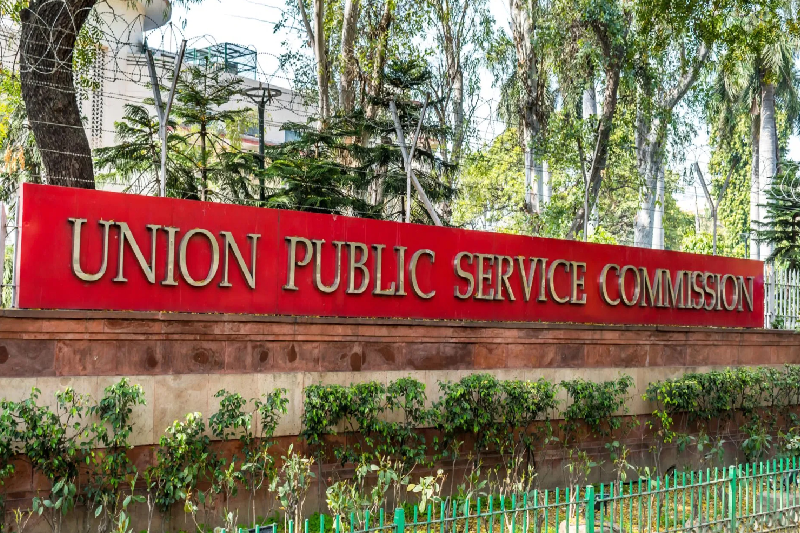
Burlington Schools Achieve Breakthrough in Reducing Racial Disparities in Student Suspensions
A milestone in Vermont’s decades-long pursuit of educational equity
The Burlington School District in Vermont has reached a defining moment in its ongoing journey toward educational equity. After years of focused reform, data released last week revealed that racial disparities in student suspensions have significantly declined, marking what officials describe as a “turning point” for schools across the state.
According to the latest data, students of colour—who make up about 42% of Burlington’s pre-kindergarten to grade 12 population—accounted for only 33% of suspensions in the last academic year. This represents a substantial improvement compared to the decade between 2012 and 2022, when they constituted half of all suspensions despite representing just 38% of total enrolment.
The district, which serves roughly 3,200 students, also recorded an overall 17% drop in total suspensions, falling from 248 two years ago to 207 last year. The figures suggest that Burlington’s long-term efforts to promote fairness and inclusivity are now yielding measurable results.
Equity in education: A long road to progress
In a state often cited as one of the whitest in the United States, Burlington’s progress stands out as both unique and instructive. The Vermont Agency of Education defines equity as “the degree of achievement, fairness, and opportunity in education as measured by a standard of success.” For decades, many school districts have struggled to translate this definition into tangible change, despite public commitments to inclusion.
Persistent racial disparities in disciplinary actions have been a long-standing challenge. Multiple reports over the years have highlighted instances of harassment, cultural misunderstanding, and bias affecting students of colour in Vermont schools. Burlington’s education leaders, however, have been intentional in tackling the issue, guided by research linking high suspension rates to lower academic performance and increased dropout risks.
Henri Sparks, Burlington’s Director of Equity, said the district’s progress stems from conscious, sustained reform. “When students of the global majority succeed, all students succeed,” Sparks told the Associated Press, referring to Black, Asian, brown, Indigenous, and multiracial students.
A restorative approach to discipline
At the heart of Burlington’s success is its restorative code of conduct, introduced in 2023. This framework limits suspensions to severe or repeated infractions and removes automatic suspensions for lesser offences such as fighting, smoking, or vaping.
The policy encourages teachers and administrators to understand student behaviour through a social and emotional lens, promoting dialogue, reflection, and accountability over punitive measures.
Sparks explained that, historically, students of colour were often suspended for behaviours that could have been addressed through mentorship or mediation. The revised system emphasizes relationship-building between staff and students and urges educators to interpret behaviour within its broader social context.
The results have been significant. Lost instructional days due to suspensions dropped from 426 in 2023–24 to 305 in 2024–25, while the average length of suspension decreased from 1.72 days to 1.47 days. These changes indicate not only fewer suspensions but also shorter disruptions to learning.
Programs driving cultural change
Burlington’s improvement is not solely the result of policy reform—it reflects a broader cultural shift driven by targeted equity initiatives introduced since 2021. Among these are:
- The Summer Racial Justice Academy, which fosters student leadership and empowers young people to advise the school board on policy decisions.
- Anti-racist professional learning communities, where educators engage in structured discussions on bias, privilege, and cultural understanding.
- Virtual equity workshops, covering topics such as dismantling white supremacy, reducing harassment, and promoting inclusion.
These initiatives aim to help staff recognize the social and emotional needs of diverse learners. “First and foremost, they want to succeed,” Sparks said. “It is our responsibility to ensure that they are successful—without barriers created by adults in our schools.”
Commitment amid political headwinds
Burlington’s achievement comes during a politically challenging period for diversity, equity, and inclusion (DEI) efforts nationwide. Across the U.S., federal funding for such programs has faced cuts, and some states have scaled back initiatives amid ideological pushback.
Despite this climate, Burlington’s leaders have remained steadfast. Sparks emphasized that the district’s commitment to equity will continue, regardless of political shifts. “We still have to figure out how to do this work better, in spite of all the changes,” he said.
Superintendent Tom Flanagan echoed this resilience, noting that Burlington’s community has long embraced honest conversations about inequality. “My core responsibility is to create equity in our system,” he said. “The inequities show up in discipline and achievement, and that is where we are making progress.”
Flanagan added that broad support from students, families, and educators has been key to sustaining these efforts. “The majority of our community believes in this mission—and that shared belief is what drives real change,” he remarked.
A cultural shift toward restorative learning
For Burlington, reducing racial disparities in suspensions represents far more than a statistical improvement—it reflects a deep cultural transformation within classrooms. By adopting restorative practices, investing in staff development, and centering student well-being, the district has begun redefining what educational justice looks like in practice.
The results underscore a vital lesson for schools everywhere: equity is not achieved through policies alone, but through persistent dialogue, empathy, and accountability.
As Sparks aptly put it, Burlington’s equity journey is still unfolding. “We’ve made progress, but there’s still work ahead,” he said. “The important thing is that we’re finally seeing outcomes that align with our values.”
The road ahead
Looking forward, Burlington’s education leaders plan to expand restorative practices, strengthen student mentorship programs, and continue tracking data to ensure transparency and accountability. Officials hope that the district’s measurable success will inspire similar reforms across Vermont and beyond, proving that equitable discipline systems not only reduce bias but also build stronger, more inclusive learning communities.
For now, Burlington stands as a model of what can be achieved when commitment meets consistency—where schools no longer just talk about fairness, but live it, one student at a time.



